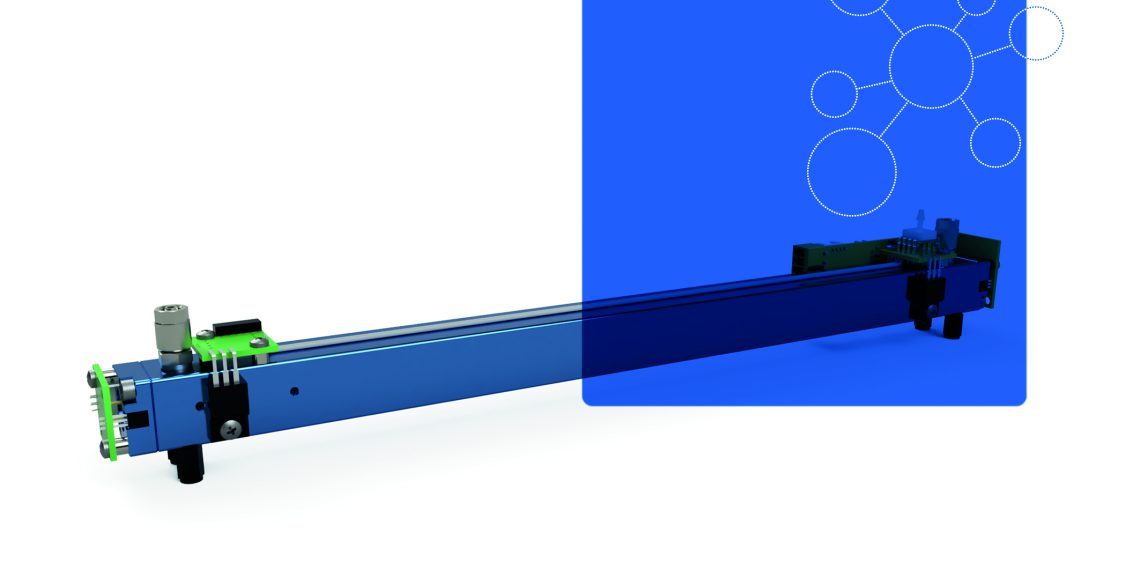For highly accurate measurement of a wide range of gases, NDIR gas sensors are very well suited and make an important contribution to industrial process safety and control as well as occupational safety and environmental protection. With the new nitrous oxide sensor, smartGAS extends the product range of the NDIR FLOWEVO family for the detection of an important greenhouse gas that is produced and used in many technical applications.
Known by the trivial name nitrous oxide (N2O) because of its analgesic effect as one of the first modern anesthetics, nitrous oxide is not only used in medicine to this day. It is also used in the food industry as a propellant for spray whipped cream (E 942) or in aerospace technology to oxidize unwanted exhaust gases in rocket engines. Because of its high density and low storage pressure at low temperatures, it can be stored very economically in high-pressure gas systems. Unfortunately, however, nitrous oxide also acts as a greenhouse gas that is 300 times more harmful than carbon dioxide. N2O is produced, for example, as an emission from fertilizer use in agriculture, the synthesis of nitric acid, or wastewater treatment. The manufacture of wood products and the combustion of biomass and fossil fuels are other anthropogenic sources.
Emission control in a compact design
smartGAS offers a tailor-made technology for N2O monitoring with its reliable, precise and economical non-dispersive infrared absorption (NDIR) sensors for gas detection. The sensors, which are particularly stable over the long term, require little maintenance, have a long service life and can be individually tailored to any application. The sensor for nitrous oxide covers the complete measuring range from 0 to 500 ppm with a digital resolution of 1 ppm (parts per million) and, like all smartGAS gas sensors, is supplied pre-calibrated and ready for operation. The power supply is 3.3 to 6 VDC, Modbus ASCII and RTU are available as digital signal interfaces. For measurement, the sample gas is passed through the sensor at a flow rate of 0.1 to 1.0 l/min. The detection limit is £ 0.6 ppm and the repeatability is £ ±2.5 ppm.

















